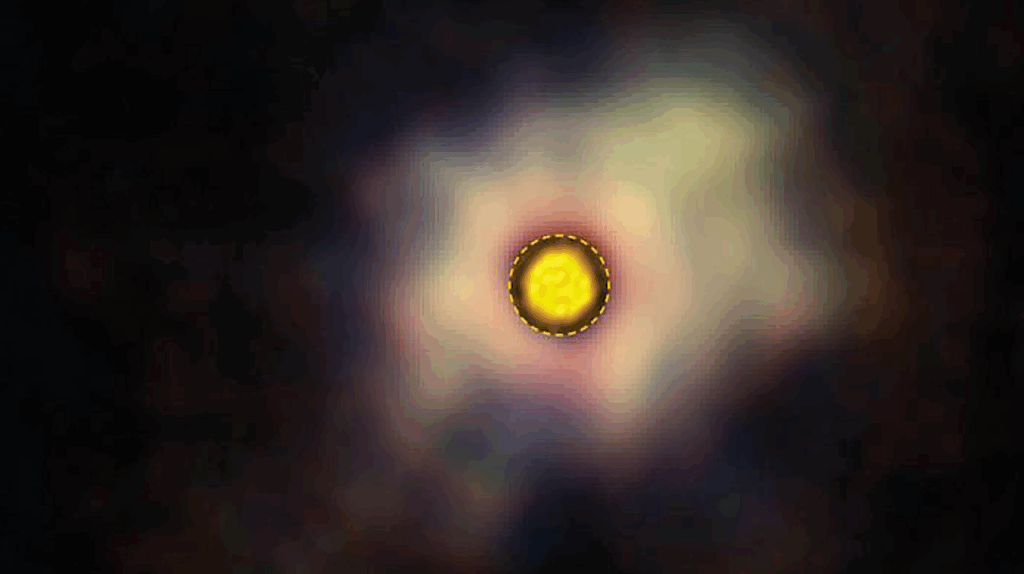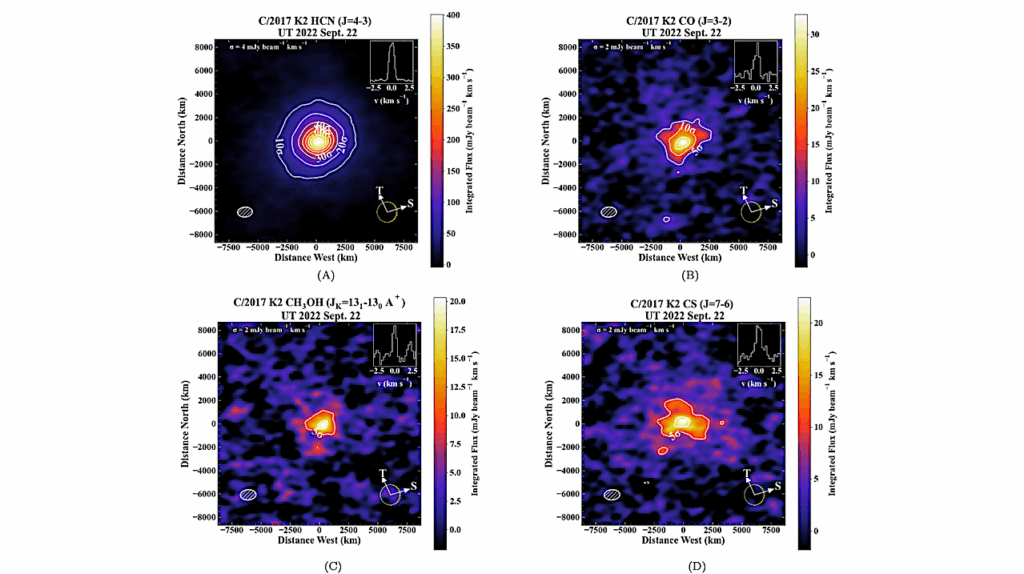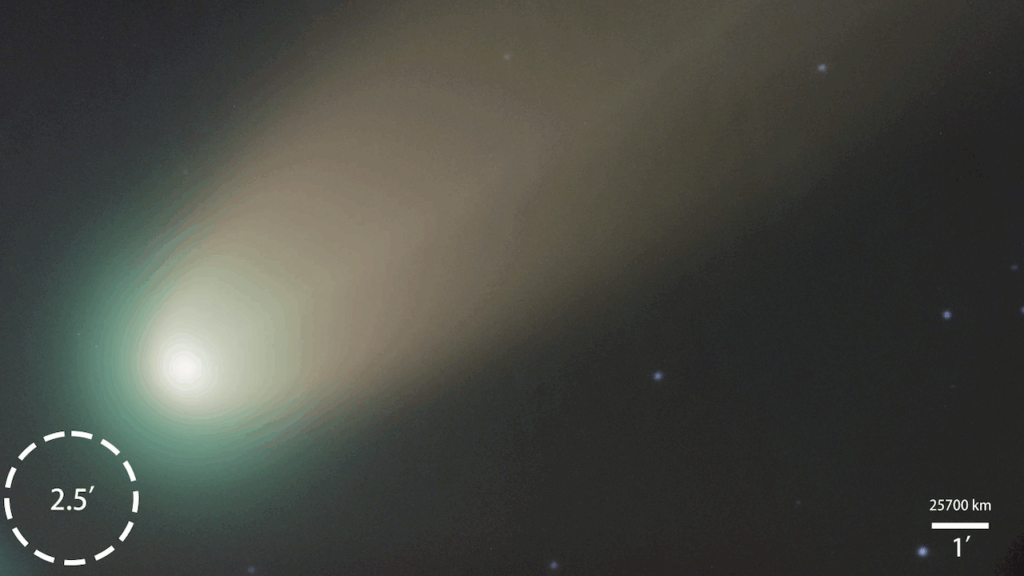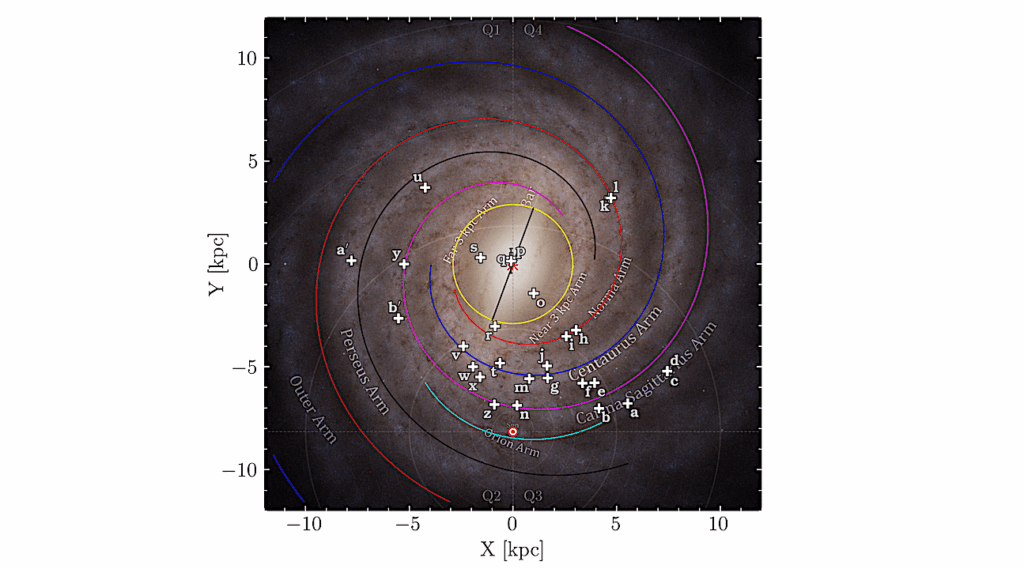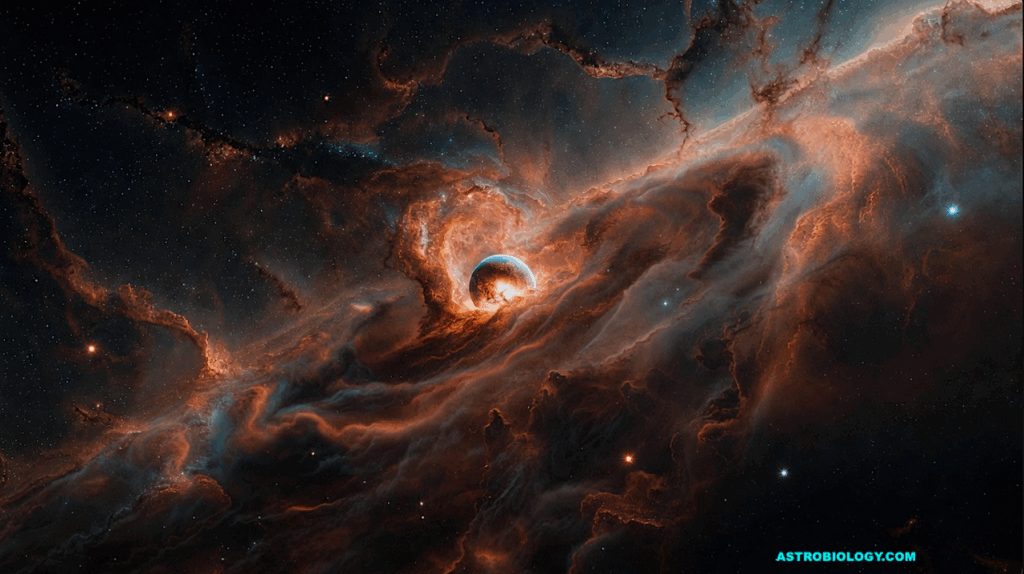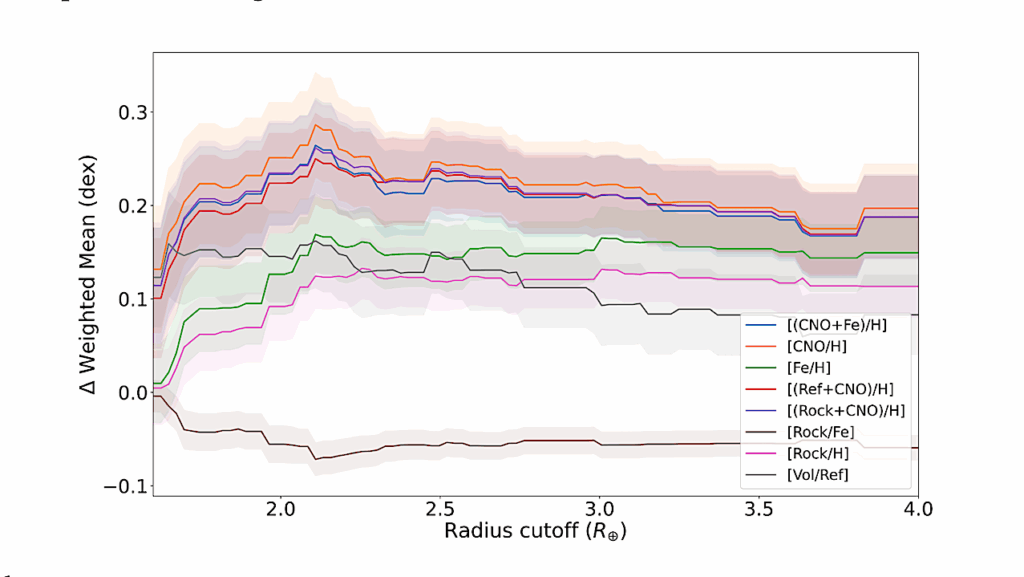Observations Of Low-mass Protostellar Systems Show Evidence Of Rich Complex Organic Chemistry.

Observations of low-mass protostellar systems show evidence of rich complex organic chemistry. Their low luminosity, however, makes determining abundance distributions of complex organic molecules (COMs) within the water snowline challenging.
However, the excitation conditions sampled by differing molecular distributions may produce substantive changes in the resulting emission. Thus, molecular excitation may recover spatial information from spatially unresolved data. By analyzing spatially-unresolved NOrthern Extended Millimeter Array (NOEMA) observations of CH3OH and CH3CN, we aim to determine if CH3OH and CH3CN are distributed differently in the protostellar disk around HOPS-370, a highly-luminous intermediate mass protostar.
Rotational diagram analysis of CH3OH and CH3CN yields rotational temperatures of 198±1.2 K and 448±19 K, respectively, suggesting the two molecules have different spatial distributions. Source-specific 3D LTE radiative transfer models are used to constrain the spatial distribution of CH3OH and CH3CN within the disk. A uniform distribution with an abundance of 4×10−8 reproduces the CH3OH observations.
In contrast, the spatial distribution of CH3CN needs to be either more compact (within ∼120 au versus ∼240 au for CH3OH) or exhibiting a factor of ≳15 increase in abundance in the inner ∼55 au. A possible explanation for the difference in spatial abundance distributions of CH3OH and CH3CN is carbon-grain sublimation.
Levi G. Walls (1), Merel L.R. van ‘t Hoff (1), Edwin A. Bergin (1) ((1) University of Michigan)
Comments: Accepted for publication in ApJ: 18 pages, 9 figures, 4 tables
Subjects: Earth and Planetary Astrophysics (astro-ph.EP); Astrophysics of Galaxies (astro-ph.GA); Solar and Stellar Astrophysics (astro-ph.SR)
Cite as: arXiv:2408.00070 [astro-ph.EP] (or arXiv:2408.00070v1 [astro-ph.EP] for this version)
https://doi.org/10.48550/arXiv.2408.00070
Focus to learn more
Submission history
From: Levi Walls
[v1] Wed, 31 Jul 2024 18:00:01 UTC (5,560 KB)
https://arxiv.org/abs/2408.00070
Astrobiology, Astronomy, Astrochemistry


